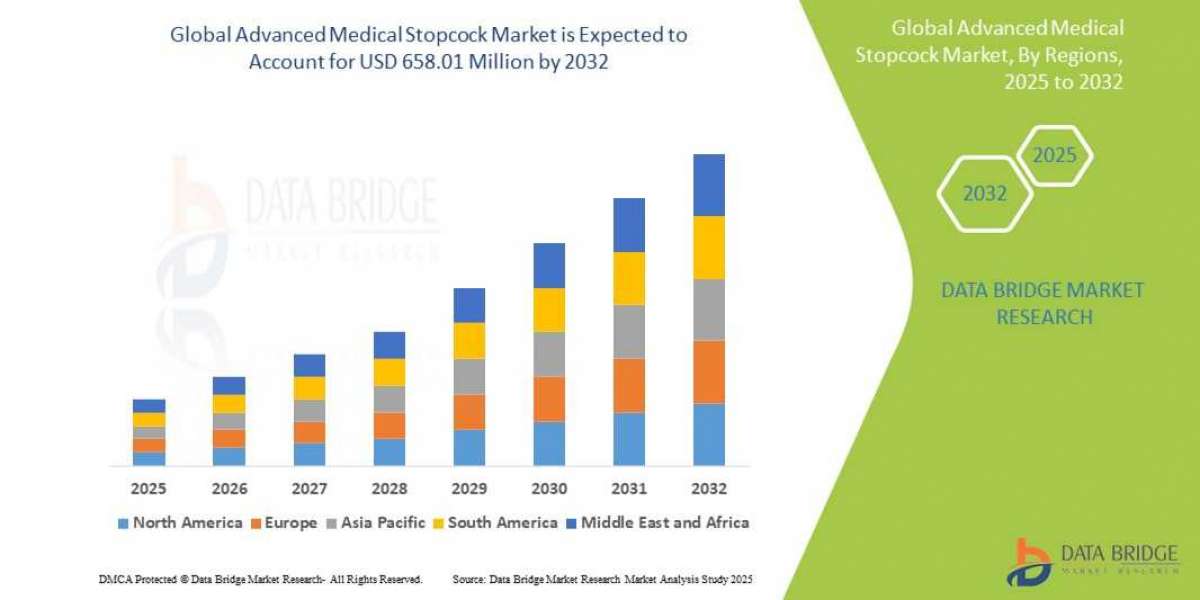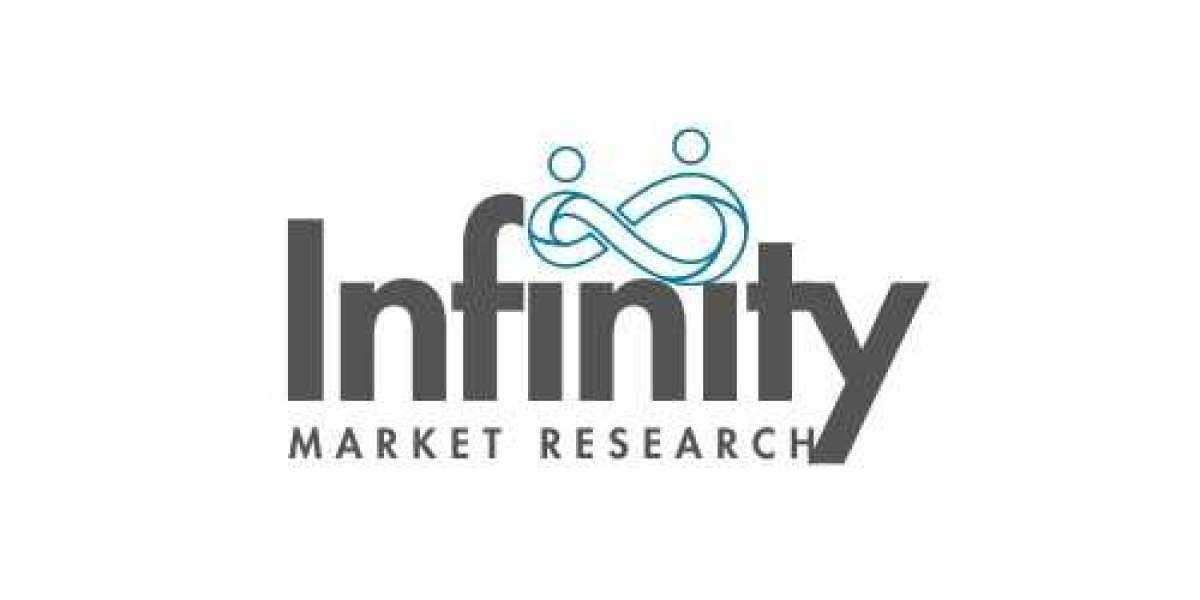Weight Management Market Reshaped by New Drugs, Digital Solutions, and Personalized Approaches in
The global weight management market is undergoing a profound transformation in 2025, driven by the escalating obesity epidemic, revolutionary pharmaceutical breakthroughs, and a growing consumer demand for personalized and holistic health solutions. India, in particular, is witnessing significant shifts, with affordable weight-loss drugs poised to disrupt the pharmaceutical landscape and digital platforms gaining widespread adoption.
Obesity Epidemic Fuels Market Surge
The global weight management market is projected to reach an estimated USD 427.5 billion in 2025, with strong growth anticipated to reach over USD 896.5 billion by 2035 at a CAGR of 7.7%. This expansion is directly linked to the alarming rise in global obesity rates. The World Obesity Atlas 2022 projects that one billion people globally, including 1 in 5 women and 1 in 7 men, will be living with obesity by 2030, intensifying the demand for effective weight management solutions. India alone is struggling with over 40% of its adult population facing obesity and diabetes.
This increasing health consciousness and awareness about the long-term risks associated with excess weight are shifting consumer priorities towards preventive measures and sustainable weight management.
GLP-1 Drugs Revolutionize Treatment Landscape
The most significant disruptor in the 2025 weight management market is the rise of GLP-1 receptor agonists (glucagon-like peptide-1), such as semaglutide (Wegovy, Ozempic) and tirzepatide (Zepbound, Mounjaro). These medications, initially approved for Type 2 diabetes, have demonstrated unprecedented efficacy in weight loss, leading to a surge in demand and a reshaping of treatment paradigms.
- Expanded Indications: GLP-1s are increasingly gaining approvals for broader uses, including obstructive sleep apnea, heart failure with preserved ejection fraction (HFpEF), and even showing potential for chronic kidney disease and metabolic dysfunction-associated steatohepatitis (MASH).
- New Formulations and Generics: While injectables currently dominate, promising oral GLP-1 medications like orforglipron and danuglipron are in development, offering more convenient options. The prospect of the first off-patent semaglutide in some countries by 2026 is also a major point of discussion, potentially impacting affordability and accessibility.
- Real-World Data Accumulating: As more patients use GLP-1s, real-world data on weight loss achieved, durability, impact on cardiovascular risk factors, and long-term persistence are being collected. This data is crucial for shaping payer coverage, physician preferences, and further substantiating the value of these medications. However, high discontinuation rates, often linked to cost, remain a challenge.
- Indian Market Impact: Affordable weight-loss drugs, including potential GLP-1 generics, are expected to significantly disrupt the pharmaceutical landscape in India, where the weight management market could reach ₹3.99 lakh crore by 2032.
Digital Health and Personalized Nutrition Take Center Stage
Technological advancements are playing an increasingly critical role in the weight management ecosystem:
- AI and Wearable Technology: The integration of AI and wearable devices is offering personalized weight management plans. AI-powered apps analyze individual health metrics, provide tailored diet plans, and offer real-time feedback and "digital nudges" to support sustained behavioral changes. Continuous Glucose Monitors (CGMs), originally for diabetes, are gaining popularity among consumers for general wellness and blood sugar tracking.
- Online Platforms: Digital health and wellness platforms, including online weight loss services and virtual coaching, are experiencing rapid growth, providing accessible and customized programs. Online pharmacies have seen up to a 300% increase in demand, largely driven by weight-loss medications.
- Personalized Nutrition: The personalized nutrition market, closely linked to weight management, is growing rapidly (CAGR of 15.6% to reach USD 19.2 billion in 2025). This trend leverages genomics, wearable data, and AI to create customized diet plans, meal delivery services, and even personalized supplements tailored to individual needs and health goals.
- Holistic Approaches: Consumers are increasingly seeking holistic and sustainable solutions, including plant-based diets, functional foods (e.g., protein shakes, low-calorie options), and a greater emphasis on overall well-being, encompassing physical activity, optimal sleep, and stress reduction.
Regulatory Landscape Evolves
Regulatory bodies are adapting to the rapidly changing market. In January 2025, the FDA released updated guidance for developing weight reduction drugs, emphasizing "sustained weight reduction" and acknowledging the limitations of BMI while continuing to use it as a practical evaluation method. The guidance also broadened safety assessment recommendations and introduced the use of clinical outcome assessments (COAs) as secondary endpoints.
While the market is booming, challenges include the high cost of new medications, the emergence of unregulated products in some regions, and the need for greater reimbursement coverage, especially for GLP-1s, to ensure equitable access. However, with continuous innovation and a growing global focus on health, the weight management market is poised for a future of sophisticated, personalized, and effective solutions.








